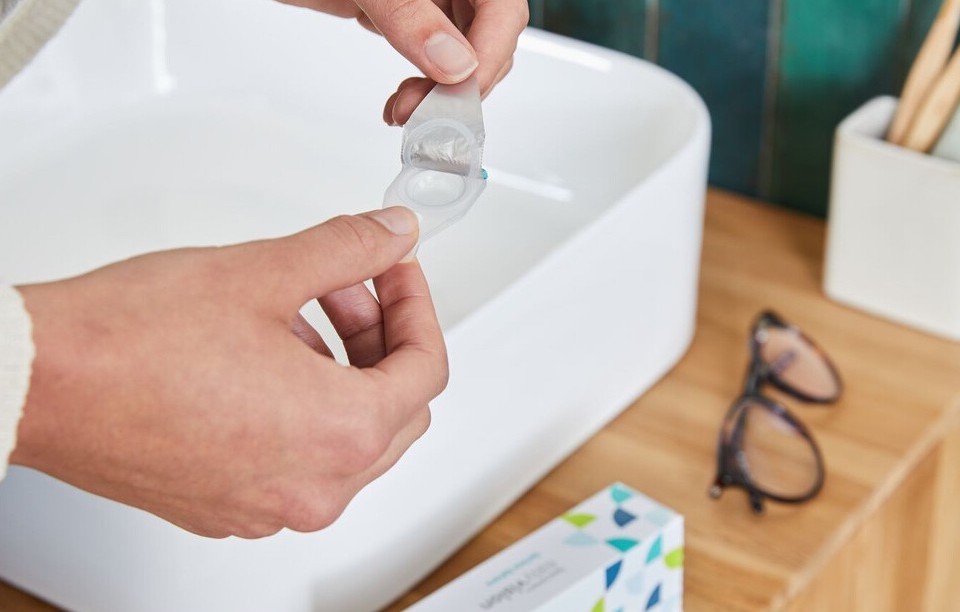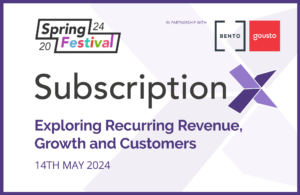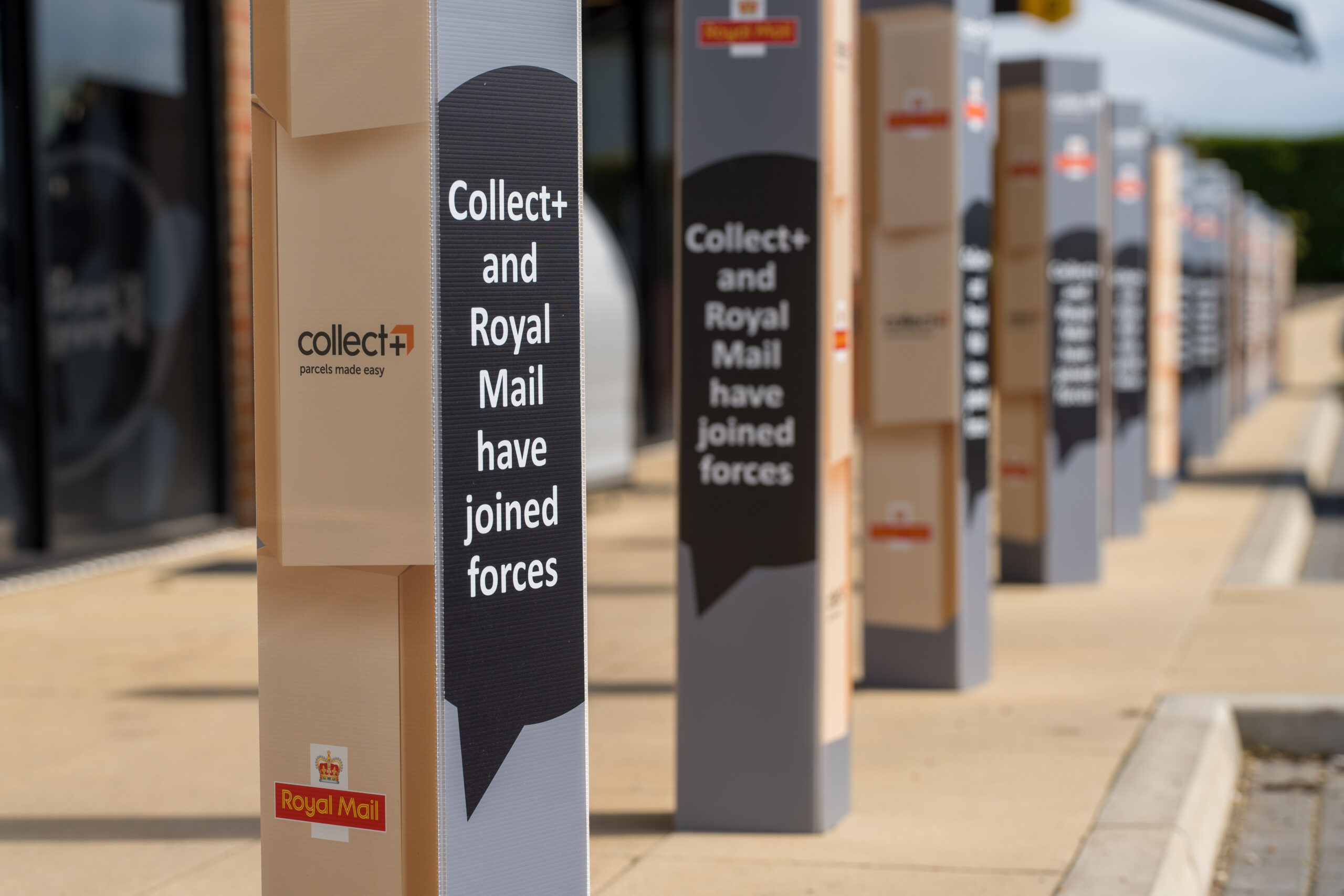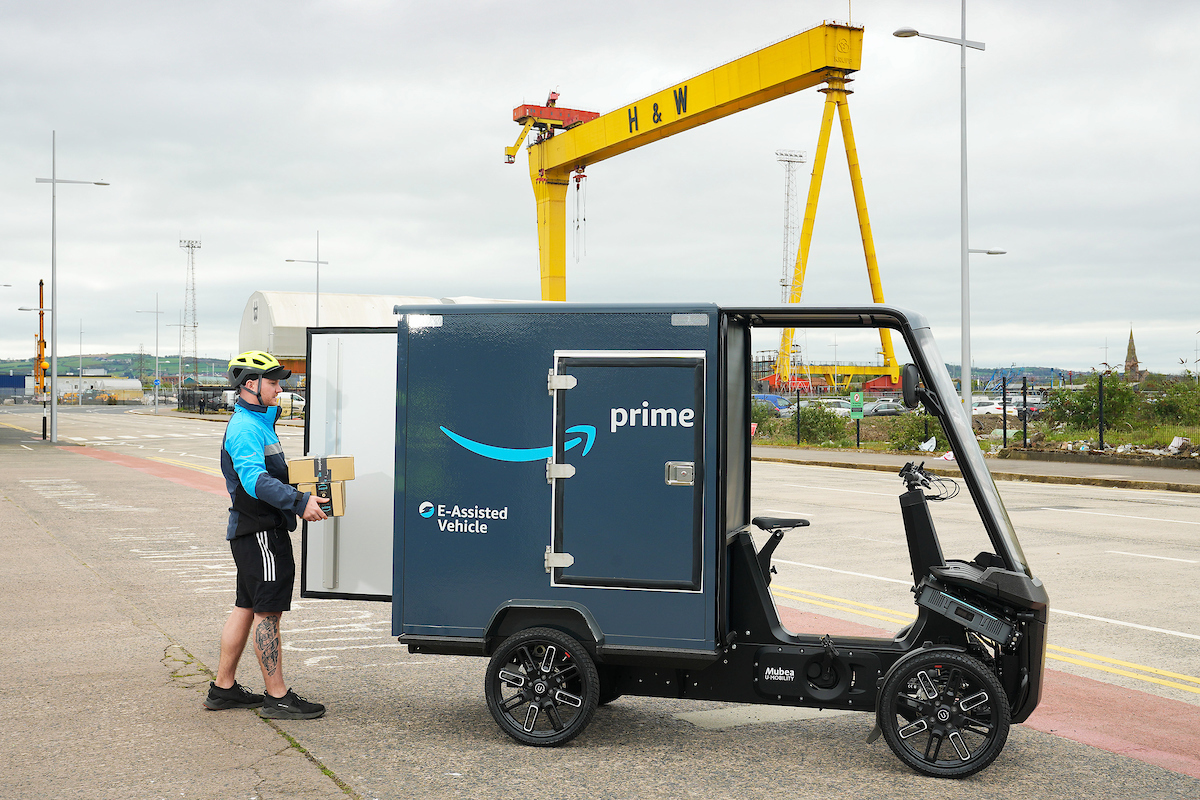Ahead of his presentation at the SubscriptionX conference, Kris Jacobs, subscriptions product owner UK and Ireland at Specsavers, sat down with Katie Searles to discuss why the right technology – and partner – was key to driving their long-running subscription offering forward.

Q: Specsavers’ subscription service has been running for over 25 years – what has been learnt over this time?
People who wear contact lenses do so for not only a medical product for vision correction but they’re also a lifestyle choice. Most of the people who wear contact lenses don’t actually wear them for the vision correction reason primarily. They wear them because they either don’t want to wear glasses, or glasses are incompatible with the thing that they’re doing at the time – be that sports, going to soft play with the kids etc. Glasses can be a real burden, frankly.
It became obvious quickly that for those people with that particular personal need, we needed to be able to supply them with contact lenses without them having to continually come back to store.
Customers are happy to go to the store for tests, for the clinical part, but don’t want to have to keep going back in. Our easycare subscription service evolved out of that need but was shaped by our supply chain.
Contact lenses come in industry standard size of boxes, you either get 30 disposable lenses or you get three reusable lenses in a box. That is either a month’s worth of lenses if it’s disposable or it’s three months’ worth of lenses if it’s reusable. So, we ended up building a subscription service that is shaped around this, meaning that customers pay monthly for a quarterly delivery.
While the service has been running for 25 odd years now, it plateaued probably 10 years ago at around a million customers and never really kicked on – with the technology used being a key reason holding the service back.
We have talented and really dedicated people in our stores, but they were scared of the system. We ended up with one or two experts in every store. And if that person wasn’t available, people would just leave a post-it note on the screen.
A real driver for me was any change to easycare systems was that it needed to be doable by everybody in the store. The underlying software had to allow that flexibility.
Q: Was moving to a new software driven by how technology has come on, because there was more subscription software available? Or did you try to build something bespoke with a supplier?
We did that thing that companies always do – we went to market. We did RFI and RFP, picked the supplier that we thought was the best suit for us and then bent their product as out of shape as we possibly could!
Luckily, we found a partner in Aptitude that was keen to get into retail. They were flexible. But like many companies we like to think we are special and looking back I wish we hadn’t been as strict to our way of doing things. We probably wasted a lot of time and money thinking that the way we did it was the right way and not leaning into what they knew – they are the subscription people. We needed to be a bit braver, in the first place, and trust the experts in the room.
Additionally, we always tried to remember the reason why people wear contact lenses. That’s why it became incredibly important to us as we were going through the process to not interrupt service. We’re sending products to customers that are either important for their job, their lifestyle or their self-esteem. We couldn’t say: “We’re changing systems, I’m sorry we’ve got a bit of a problem”. That wasn’t an option for us. It’s wasn’t about lost revenue, it was about the impact on people’s lives.
Q: Is your software partnership still developing? Are there features that you want from it that you can see coming?
At the moment we’re working on changing the payment methods that are available to customers.
Historically we’ve only ever offered it by a direct debit – that’s perfectly fine, there’s nothing wrong with direct debits – but increasingly because contact lens wearers are a younger demographic, they don’t expect to fill in a form. They expect to press a button on their phone and pay for it using Apple Pay or Google Pay. And that’s just the way things are going.
We are currently introducing debit and credit cards then Apple Pay, Google Pay and PayPal to follow.
Q: Is listening to consumer feedback on payment options, on their ability to pause, key to helping drive subscription numbers?
It really is. Covid proved the worth of the subscription business. With the stores closed it went from being around 20% of UK/Ireland income to being 80% overnight. And those stores that leaned into subscriptions felt the pinch much less.
Furthermore, we reacted by creating a self-service application – something that allowed customers to go in and pause it themselves, rather than having to come into the store. Within two or three months, 400,000 of our million people registered for this self-service application.
That’s a real focus at the moment, trying to get as many subscribers as possible to maintain their own subscriptions. It’s less people coming into the store, less people calling the contact centre and the less time we have to deal with admin the more the store set up can be built around customer service and longer with each customer.
Q: As there is a health element to the subscription model, is that a hard balance to make?
Of course. A lot of online contact lens retailers are not opticians. You can just put in the details of the contact lenses that you want, and they’ll send them to you.
We don’t have that luxury because we are registered opticians. Our products are signed off clinically. It automatically raises an overhead for us and a limitation that we can’t sell anything to anybody. It’s not a free retail experience, it is a guided retail experience.
Registration Jacobs’ presentation, Transforming Subscription Technology to Enable Long-Term Customer Growth, is open now. More information about the SubscriptionX conference can be found here.
It is part of RetailX Event’s Spring Festival, taking place 14 May 2024 at 133 Houndsditch, London. Find out more about ConsumerX, DigitalX and SustainabilityX here.
Stay informed
Our editor carefully curates two newsletters a week filled with up-to-date news, analysis and research, click here to subscribe to the FREE newsletter sent straight to your inbox and why not follow us on LinkedIn to receive the latest updates on our research and analysis.








